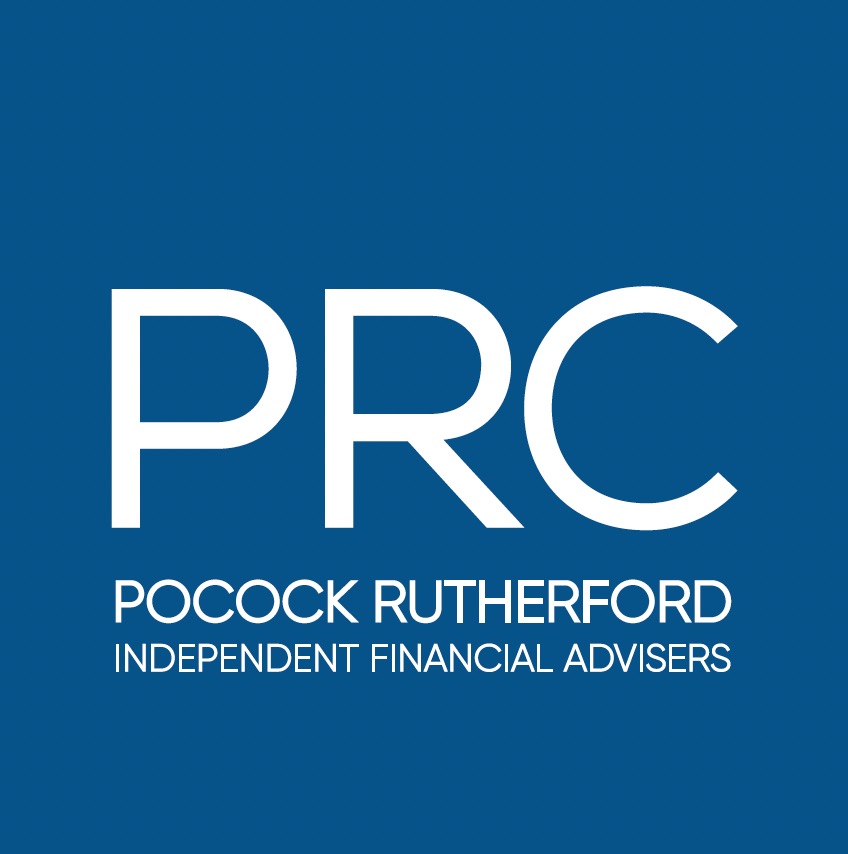
25 Apr Trust in your investments
Investing for income or growth, or both
Investment trusts are a well-established way of investing. Many investors prefer to invest in a fund rather than by picking individual stocks, shares or other assets. Funds allow you to diversify your portfolio easily, as well as giving you the chance to benefit from the expertise of fund managers.
They are set up as listed companies issuing shares that can be traded on the London Stock Exchange. Like any company, they issue a fixed number of shares – hence the term ‘closed-ended’ – to raise capital that the manager allocates to investments.
Right to vote on issues
When you invest in an investment trust, you become a shareholder in that company. This gives you the right to vote on issues such as the appointment of directors or changes to the investment policy. If shareholders in the trust want to sell shares, their decisions don’t impact directly on the value of the manager’s pot, enabling a relatively long-term view in investment decisions.
Investment trusts usually have smaller operating costs and lower charges than other types of funds, for example, OEICs (Open-Ended Investment Companies) or unit trusts. Unit trusts and OEICS have an open-ended structure, which means the fund manager simply creates more units when more people want to own that fund, and vice versa.
More diverse array of assets
Investment trusts enable investors to invest in a more diverse array of assets, including less liquid asset classes such as private equity, commercial property and infrastructure. This liquidity issue is important. If an investor in a trust wants their money back, they simply sell the shares.
Investment trusts have two valuations. One is the share price, which is the price you will pay to buy the investment or what you will receive if you sell it (disregarding spreads and trading costs).
Trading at a premium
The other is the Net Asset Value (NAV), which is the value of the underlying investments. If the trust is trading at a higher level than its NAV, it is said to be ‘trading at a premium’, and if lower it is ‘trading at a discount’.
Gearing, or borrowing, is something open-ended fund managers are not allowed to do. Borrowing to invest more at opportune times can lift returns per share by more than the cost of the loan per share. But if the market falls, investors in geared trusts may lose more per share than those in ungeared trusts.
Profits for ‘smoothing’ purposes
In the current low interest rate environment, funds that pay a regular income are very attractive. Unlike open-ended funds, investment trusts are allowed to keep back 15% of their profits for ‘smoothing’ purposes. This means trusts can use the income they keep back to help them pay dividends in years that have been less fruitful.
Figures from the Association of Investment Companies[1] show over half of trusts that pay a dividend now pay on a quarterly basis to meet client demand for regular income. There are 21 ‘dividend hero’ investment companies which have raised their dividends every year for 20 years or longer.
Source data
[1] https://www.theaic.co.uk/aic/news/press-releases/2018-industry-celebrates-150-years-of-investment-companies
INFORMATION IS BASED ON OUR CURRENT UNDERSTANDING OF TAXATION LEGISLATION AND REGULATIONS. ANY LEVELS AND BASES OF, AND RELIEFS FROM, TAXATION ARE SUBJECT TO CHANGE.
THE VALUE OF INVESTMENTS AND INCOME FROM THEM MAY GO DOWN. YOU MAY NOT GET BACK THE ORIGINAL AMOUNT INVESTED.
PAST PERFORMANCE IS NOT A RELIABLE INDICATOR OF FUTURE PERFORMANCE.


